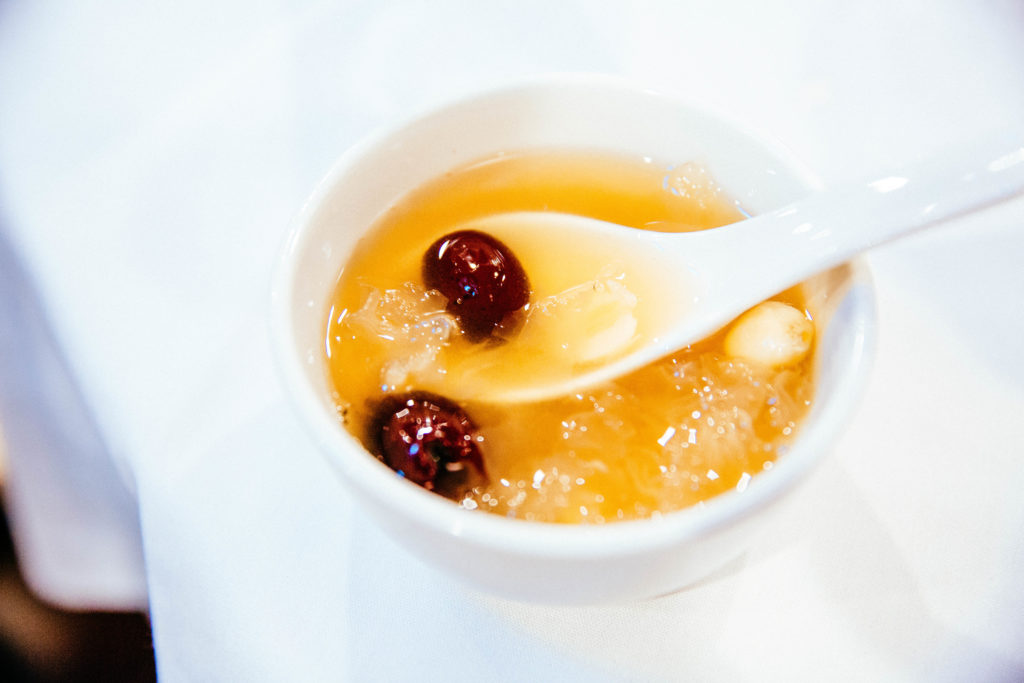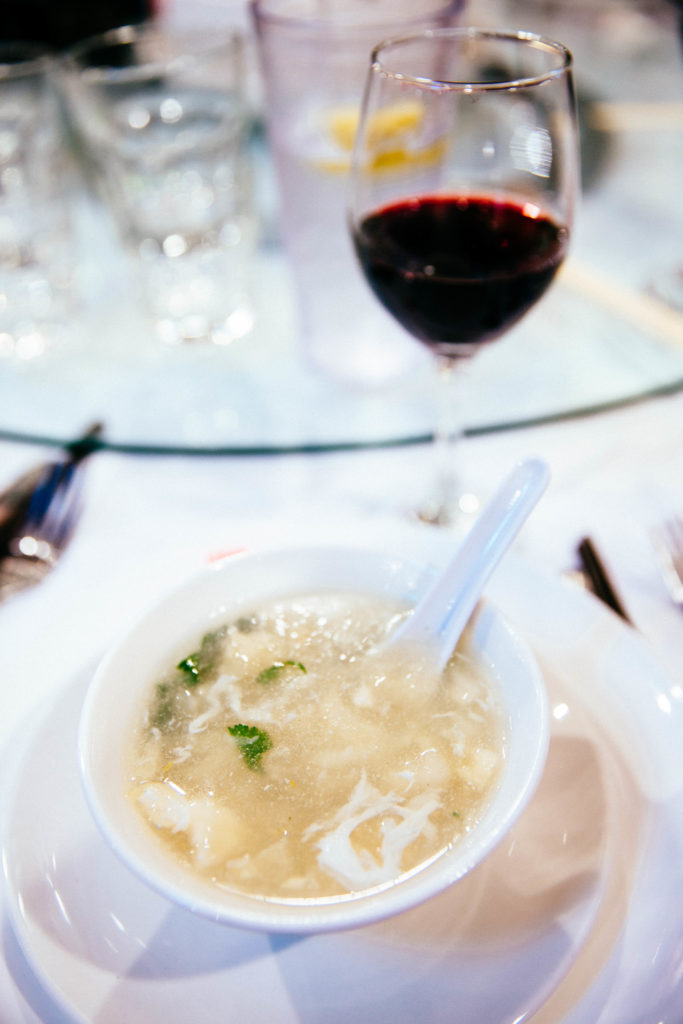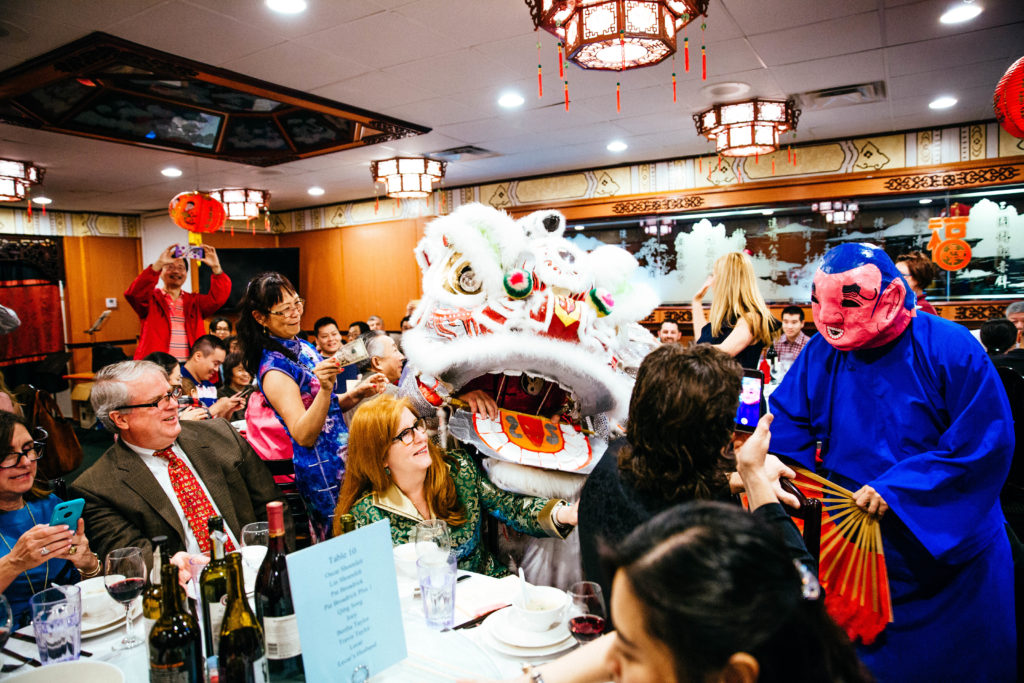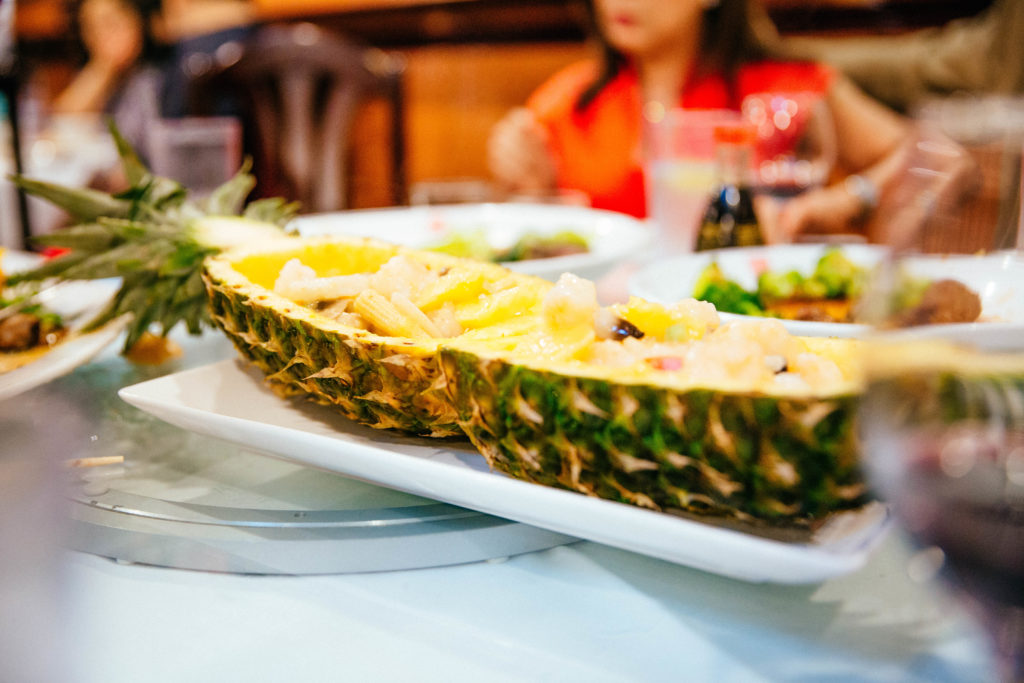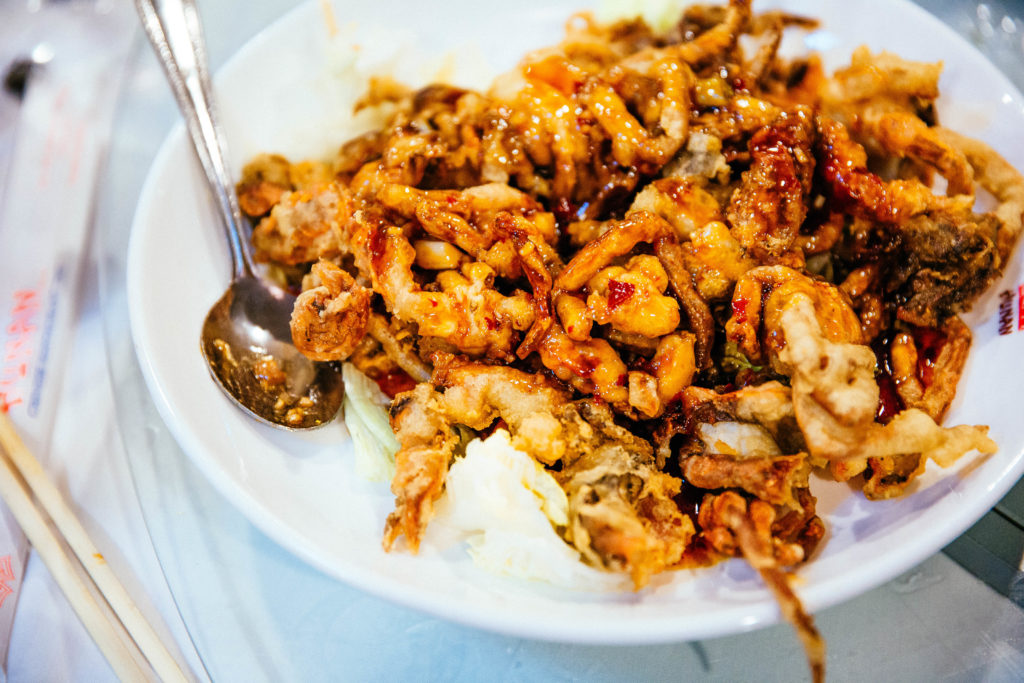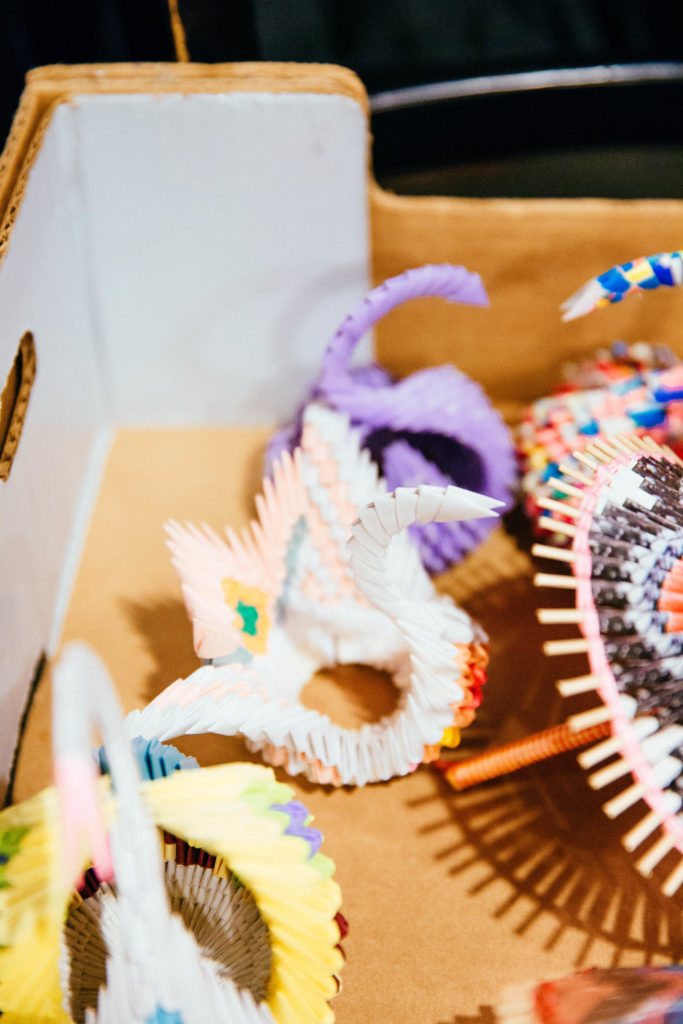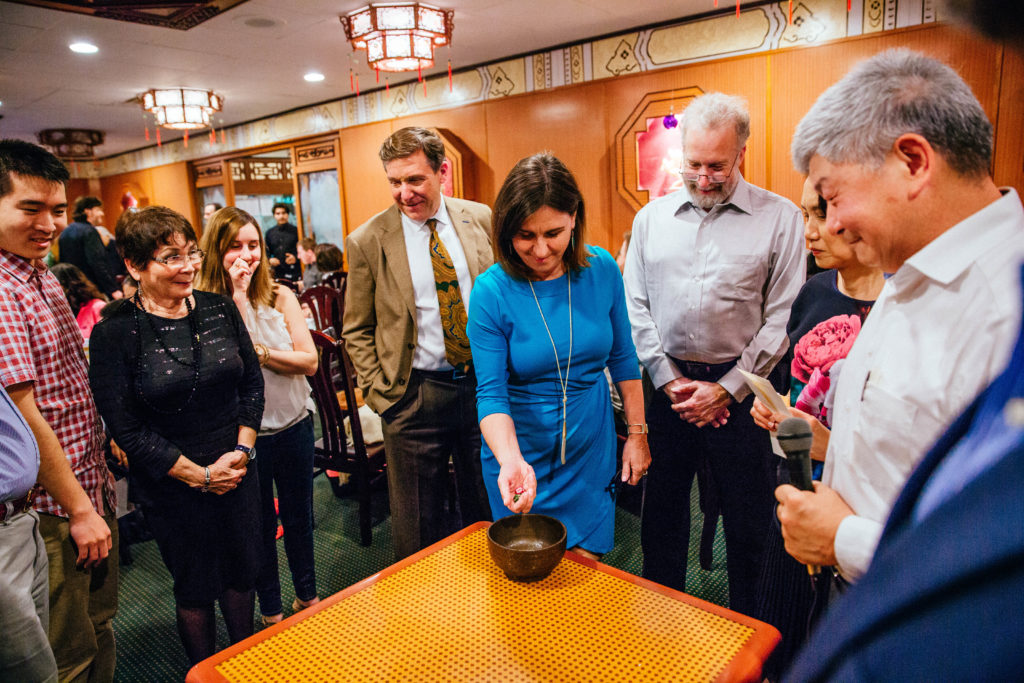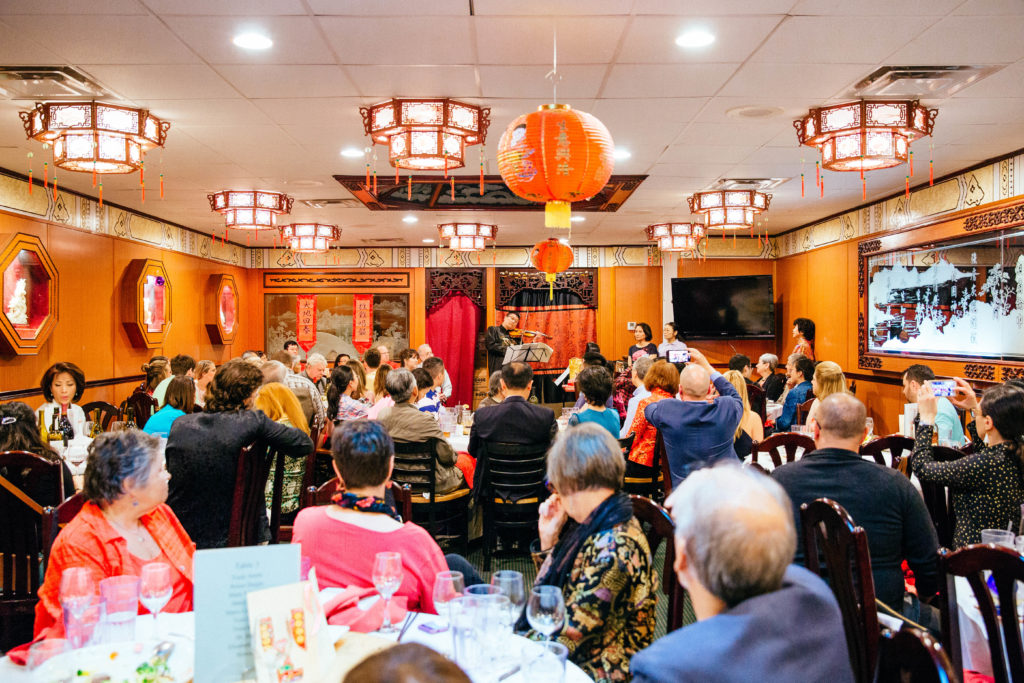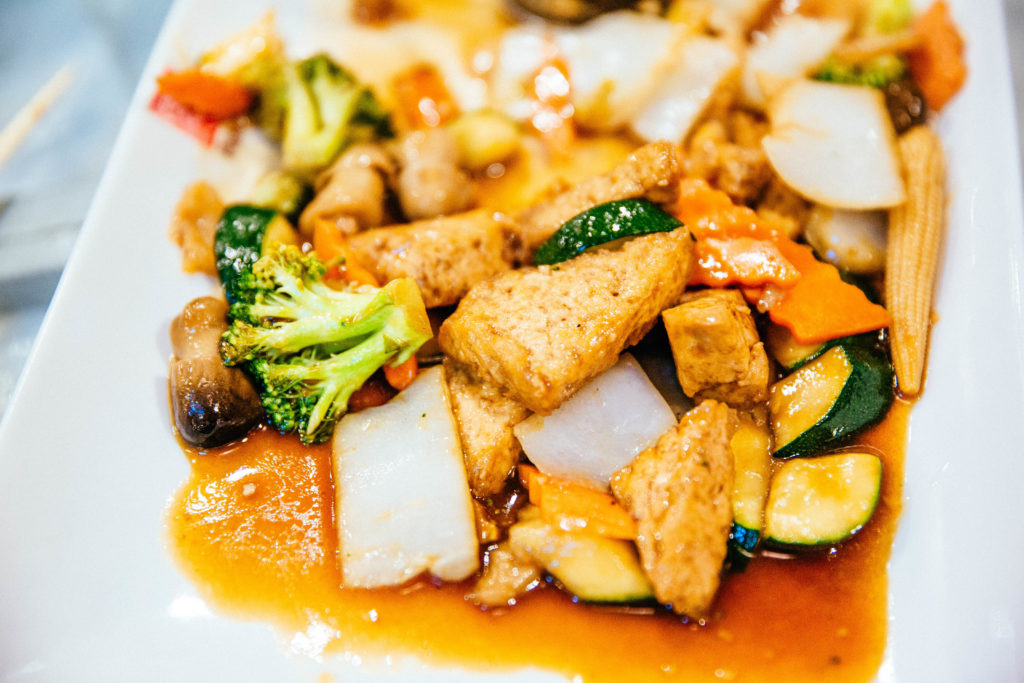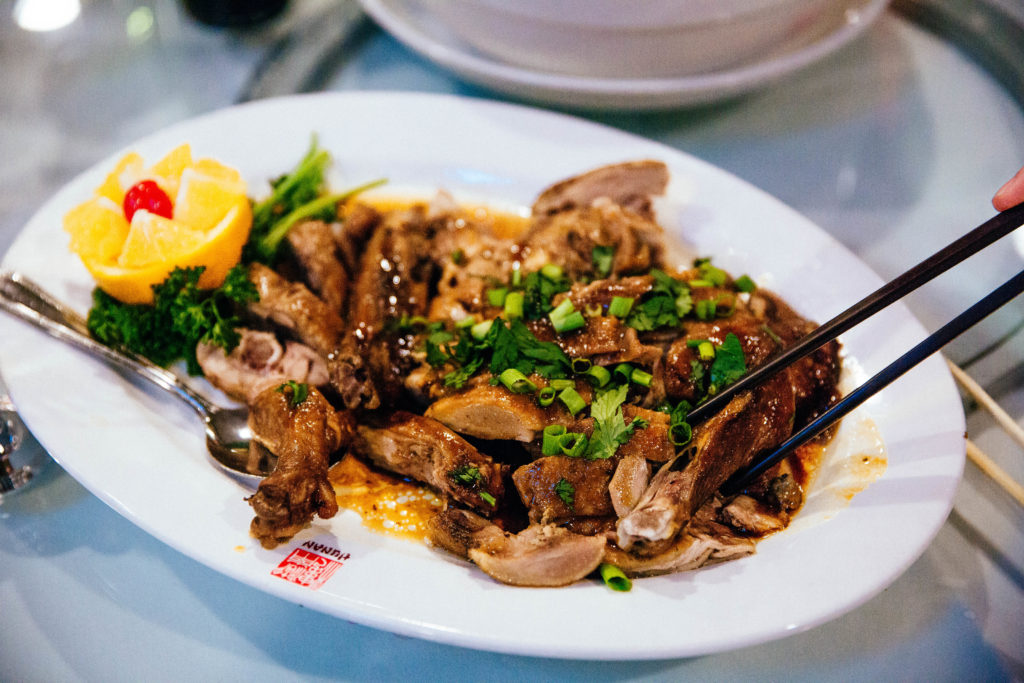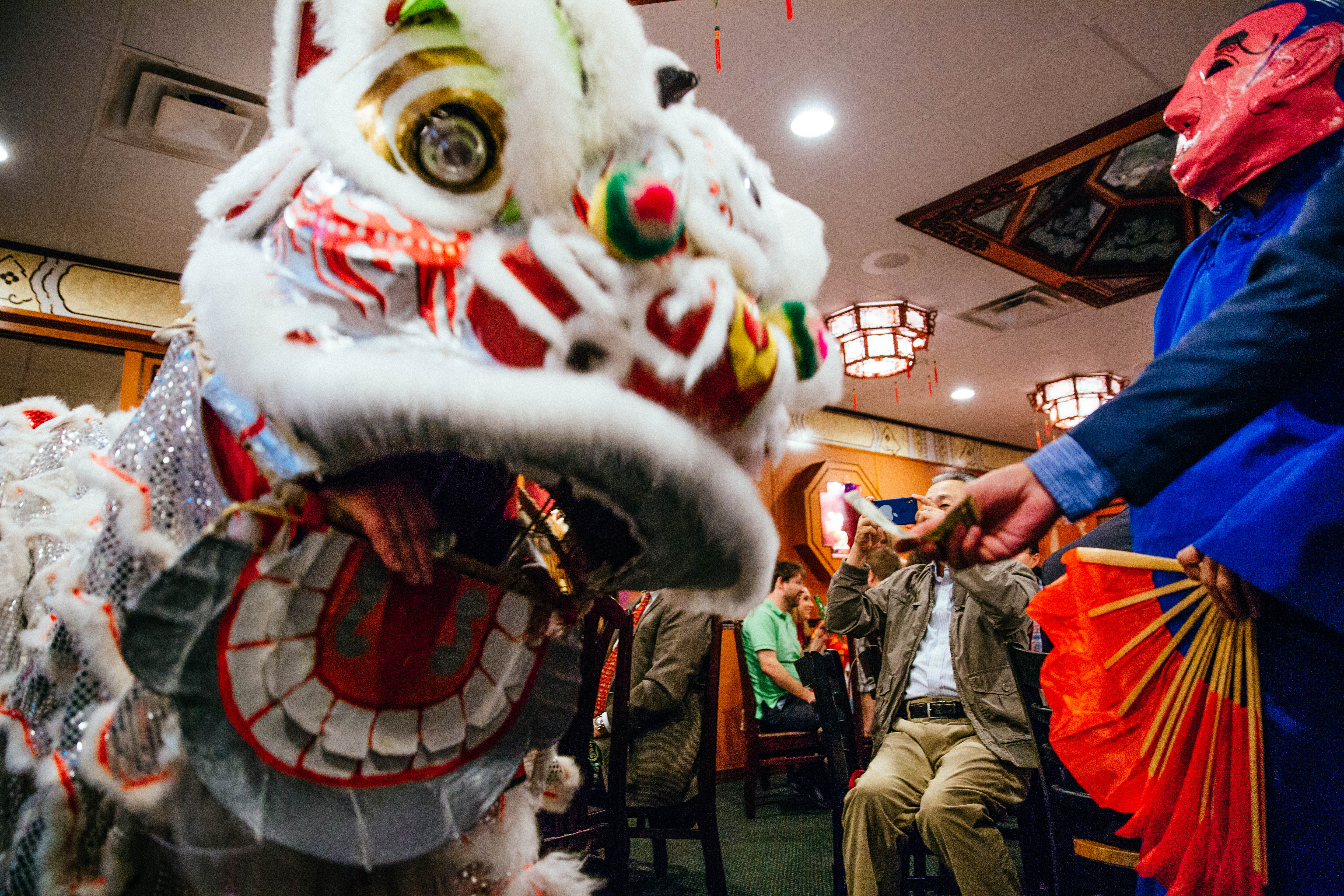
Inside the spectacular Chinese New Year dining experience at Hunan
There are 10 courses coming, ready to be spread on the lazy Susan on the center of each table so every guest can try in turn. We’re only on the first course of appetizers: bowls of warm, mild fish and asparagus soup and a chilled platter of marinated vegetables and jellyfish. The rest of the courses are imminent—as soon as the Lion Dance is done backing it up on Meichi Lee, president of the Baton Rouge Chinese Association.
 This is the annual Chinese New Year dinner at Hunan Chinese Restaurant, hosted and organized by BRCA last Saturday, Feb. 17. It’s a ticketed event open to all, East and West alike, who want to celebrate the holiday and be immersed in the customs and cuisine of China for an evening.
This is the annual Chinese New Year dinner at Hunan Chinese Restaurant, hosted and organized by BRCA last Saturday, Feb. 17. It’s a ticketed event open to all, East and West alike, who want to celebrate the holiday and be immersed in the customs and cuisine of China for an evening.
The dishes are seemingly endless, complemented with shots of pineapple sake made by Hunan’s longtime upstairs neighbor Ginza/JC Kamado’s Sushi & Japanese Steakhouse, and each course presents a new lesson. As a local violinist plays New Year pieces from Chinese composers, we learn something with every bite.
|
|
Traditionally, a whole fish (often with with head and tail intact) signifies a New Year from beginning to end. Many Chinese New Year dishes spring from Chinese homophones, and this one is no exception: “yú,” the word for fish in Chinese, sounds like the Chinese word for “surplus,” so the holiday greeting “nian nian you yu” can mean both “may you have abundance every year” or “may every year be full of fish.”
Perhaps the most recognizable tradition of the Lunar holiday is the Lion Dance, and these succulent little meatballs known as Lion’s Head are prepared with it in mind. Traditionally made with seasoned pork and water chestnuts, they’re juicy without any breadcrumb filler. The name derives from the presentation—on a plate, the round meatballs surrounded by bok choy or cabbage look like lion heads with manes.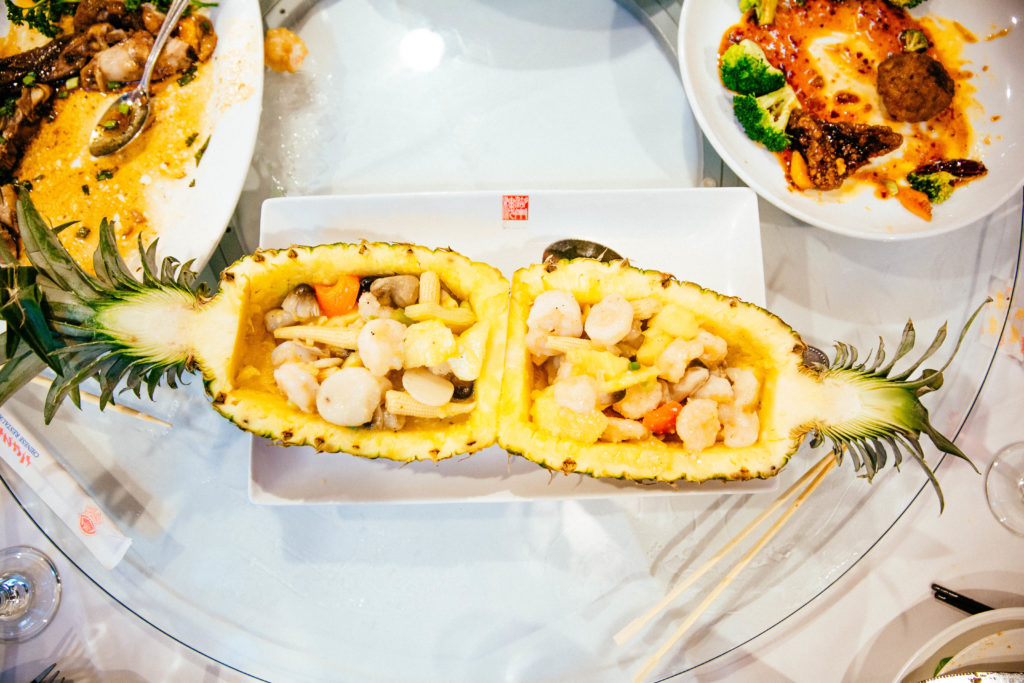
Shrimp are a common part of Chinese New Year dinners because the word for shrimp, “xiǎoxiā,” is pronounced like the sound of laughter, lending it a double meaning of joy, happiness and prosperity. The word for pineapple sounds like the arrival of prosperity in several Chinese dialects (“ong lai” in Hokkien and “wong lai” in Cantonese), according to China Highlights. So, pineapple shrimp? Good vibes abound.
Some Chinese households will put an orange or mandarin tree in the doorway for good luck in the New Year, and oranges and tangerines are a common New Year gift. This orange beef is drenched in the sauce of a fruit whose Chinese name, “chéng,” sounds similar to the Chinese word for “success.”
Snow fungus soup seems a bit intimidating at first as a dessert course, but it’s a common Chinese dessert, reminiscent of a sweet, hot tea. Seeds are a staple of Chinese new year for their symbolism of fertility and a bright future, and red dates (also known as jujubes) bring the lucky red color Chinese New Year is known for.
After music, prizes and traditional dice games, the dinner wraps up for the night, and every diner leaves full of great food and good luck for the year to come.
It’s a must-try for anyone in Baton Rouge, Chinese or otherwise. To secure your seat for next year’s festivities and other Chinese social and dining events throughout the year, keep an eye on the Baton Rouge Chinese Association.
|
|
|


